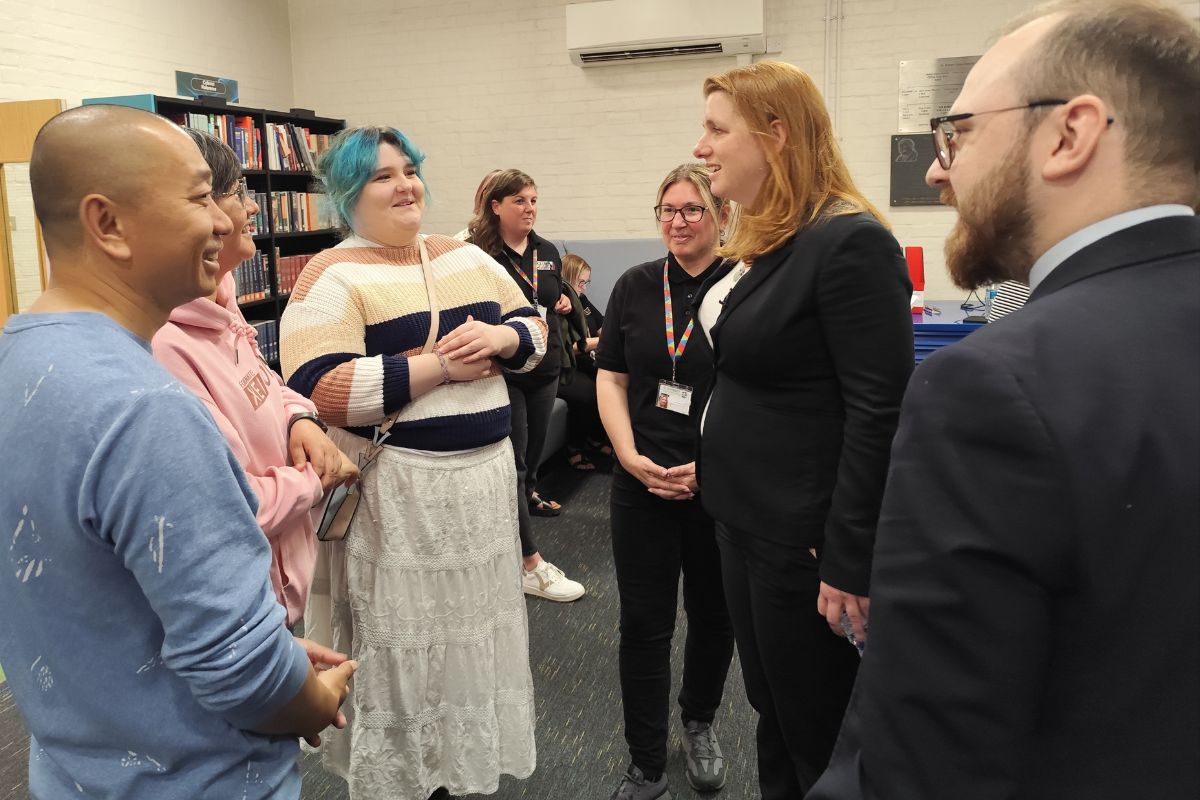A complete switch to remote learning is not possible, but a mix of quality teaching and technology will be the next stage of British education

Technology in the classroom and its future – Caution must be taken to avoid disparity in the learning experiences of students from different backgrounds
The COVID-19 pandemic has led to widespread global school closures, resulting in many schools being either fully or partly reliant on online learning for a third of the recent school year.
Online reinvention has sprung from necessity, leading to a rapid evolution of teaching style in schools, which up to now have been typecast as resistant to change on a larger scale. The rapid, comprehensive response from schools and teachers during this period has shown their capacity, and willingness, to adapt and integrate technology into their teaching, and, quite possibly, their classrooms.
The question of whether education technology will persist post-pandemic to become a constant in the classroom is being increasingly answered ‘yes’. Less clear is to what extent long-term distance home learning will also be a standard part of a child’s journey through education.
School closures have shown that a significant number of students derive benefit from online learning. The ability to move through topics at their own pace, and under their own self-discipline, has resulted in improved independent learning and improved learner outcomes.
Through their service, Atom has witnessed a pronounced increase in both progress and attainment scores for pupils using their learning platforms during the pandemic. Integrating adaptive technology results in a personalised learning experience, where pupils are learning and retaining information more quickly and effectively. Optimising an individual’s progression is not always possible within the classroom.
However, while many Key Stage 2 children are showing themselves to work more efficiently online, younger age groups, lacking self-discipline and independent learning skills, tend to benefit from more structured, classroom-based learning.
 William Clarence Education managing director, Stephen Spriggs, commented,
William Clarence Education managing director, Stephen Spriggs, commented,
“We have seen a disparity in how different age groups interact and benefit from remote learning with younger children lacking the capacity to fully profit from the new teaching style.
“Younger age groups are also suffering from the lack of face-to-face interaction usually encountered in the classroom. Leading to a disintegration of soft skills picked up from teaching staff and fellow pupils.”
Some schools have combatted these issues with EdTech solutions that provide an interactive classroom experience that replicate the structured environment of a classroom through video capabilities, and allow pupils to attend interactive lessons where they can learn in a fun and participatory way from the safety of their home.
This combination of innovation education technology with traditional pedagogies has resulted in an environment where students can learn effectively without missing out on the social benefits of group learning.
The greatest issue when it comes to home and blended learning is the extensive accessibility issues.
 Head of product at Atom Learning, Flo Simpson, said,
Head of product at Atom Learning, Flo Simpson, said,
“The pandemic has thrown into stark contrast how online learning can exacerbate educational inequalities, with children from low-income backgrounds having limited access to the tech necessary for remote learning.
“It is clear that a complete switch to remote learning is simply not a possibility for every family: in addition to issues with access to the necessary technology, many parents will be returning to full-time work post-pandemic.”
However, the sudden shift to online learning has been a catalyst for creating a new method of educating students, both at home and in school, and school closures have highlighted how EdTech solutions can have a hugely positive impact on pupil progress.
A combination of innovative technology and quality teaching will, most likely, be the next stage of education in the UK, and that this will be to the benefit of schools, teachers, and, most importantly, pupils.
About Atom Learning: A fully adaptive Key Stage 2 online learning platform for students, covering English, maths, verbal reasoning and non-verbal reasoning. Atom Learning combines high-quality, teacher-made content with sophisticated technology to keep students on their individual, optimal learning paths. Atom Learning fully integrates across the classroom and home via distinct school and home platforms, Atom Prime and Atom Nucleus.
Atom Learning was recently named in the Startups 100 List of 2020’s most promising new companies. Atom Learning also won Best AI-Based Solution for Education in the AI Breakthrough Awards. Atom Prime, launched a year ago, is used by over 700 schools worldwide; Atom Nucleus is used by thousands of parents. Atom Learning are running free online summer courses throughout July and August for Key Stage 2 pupils.
About William Clarence Education: The leading education advisory and consultancy service in the UK. With an unrivalled reach into the UK Schooling and University network, William Clarence offers unbiased advice to students and parents from around the world; at every stage of their academic journey.
From Independent School Application and Placement, full UCAS and University application consultancy, Oxbridge Applications, US College Admission and Home-schooling programmes, William Clarence Education draws on a deep relationship driven network with schools, Universities and senior education figures within the industry.
By putting the student and family at the centre of the process, William Clarence ensures their clients reach their maximum potential and gain access to the very best of UK education.











Responses